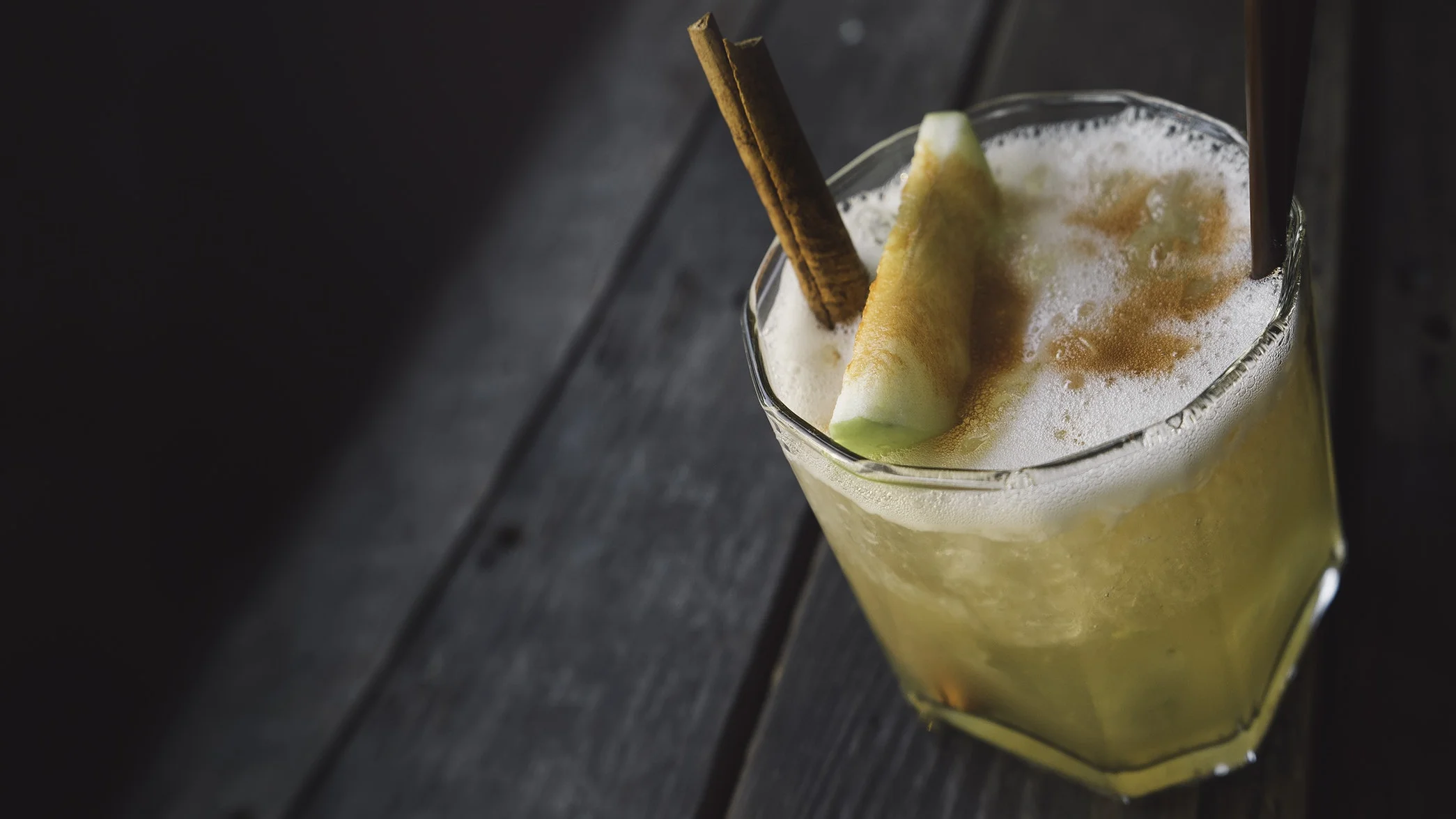Crunchy and Floral Autumn Salad with Sweet Potato, Cured Winter Squash and Daikon
This crunchy, floral salad beckons on a warm autumn afternoon when squash is at its peak but the weather still calls for something refreshing and light. (Photo source: Bryce Carter; ceramics by MMclay)
| Yield: 2 servings | Time: 30 minutes|
Ingredients
1/2 cup sliced winter squash (such as butternut or acorn), cut 2mm thick
1 small sweet potato cut into thin batons
1 1/2 cups daikon batons
1/4 teaspoon champagne vinegar
1/4 cup + 3/4 teaspoon salt
1/2 teaspoon sugar
2 teaspoons apple cider vinegar
1 teaspoon maple syrup
1/2 teaspoon yondu (see note below for details)
1 teaspoon finely sliced scallion
3 leaves of parsley, sliced
(optional) pomegranate seeds to garnish
Zero-waste tips
Dehydrate the sweet potato skins and add them to loose leaf tea mixes
Roast the squash seeds for a snack.
Compost the squash skin and guts.
Preparation
The first and most crucial step of this recipe is done outside of the kitchen: find the best squash you can. Since the squash in this recipe is lightly cured and eaten raw, any stringiness that might be disguised through the process of roasting is instead accentuated. Source fresh, lovely squash from your local farmer or your backyard.
Mix the squash in a bowl with the champagne vinegar, 1/4 teaspoon of salt, and 1/8 teaspoon sugar. Leave to lightly cure for 20 minutes.
Mix the daikon batons in a bowl with 1/2 teaspoon salt and 3/8 teaspoon sugar. Leave to lightly cure for 20 minutes.
While the squash and daikon are curing, bring a quart of water to boil with the lid on. Add a 1/4 cup salt. Bring back to a boil, and add the sweet potato. Cook for 40 seconds. Drain and cool down by running cold water over potatoes. They should now be crunchy but not starchy.
Now comes the next most crucial and potentially unfamiliar aspect of the recipe: squeezing the cured vegetables. While your veggies have been sitting on your counter the salt has been pulling the liquid out of them. By squeezing the vegetables in a clean kitchen towel you can easily push more water out and make the vegetable denser and crunchier. Squeeze gently with the squash since it is quite delicate, but squeeze quite vigorously with the daikon to fully compress it.
Mix the apple cider vinegar, maple syrup, and Yondu together in a small bowl to make the dressing.
Toss the vegetables and herbs together until fully mixed. Add the dressing bit by bit, tasting as you go, until you achieve a balanced flavor. If your squash isn’t very sweet or your daikon is spicy you may need all of the dressing, but if the flavor of your vegetables is sweet and floral then it’s best not to overdress them. Once you’ve mixed and seasoned the salad, garnish with the pomegranate seeds if you’re using them.
A note on Yondu: Yondu is a versatile product made of fermented soybeans and vegetable bouillon. What makes Yondu so special is both the triple-fermenting process that yields a clean umami and the aromatic vegetables that round out the flavor. Less distinct than soy sauce, but with a greater umami punch, yondu boosts the flavors already present in a dish rather than taking center stage. You should be able to find it at a Korean grocery store, or, if you don’t have one nearby, you can find it on Amazon.












